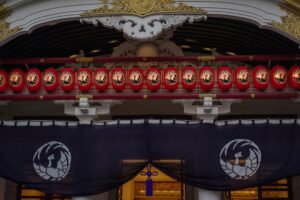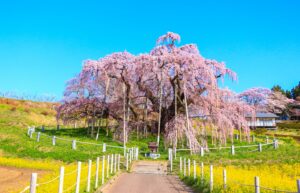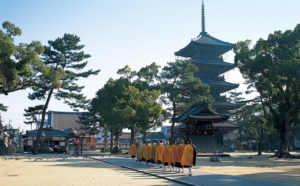Guardians of the Land: A Close Look at Japan’s Active Volcanoes
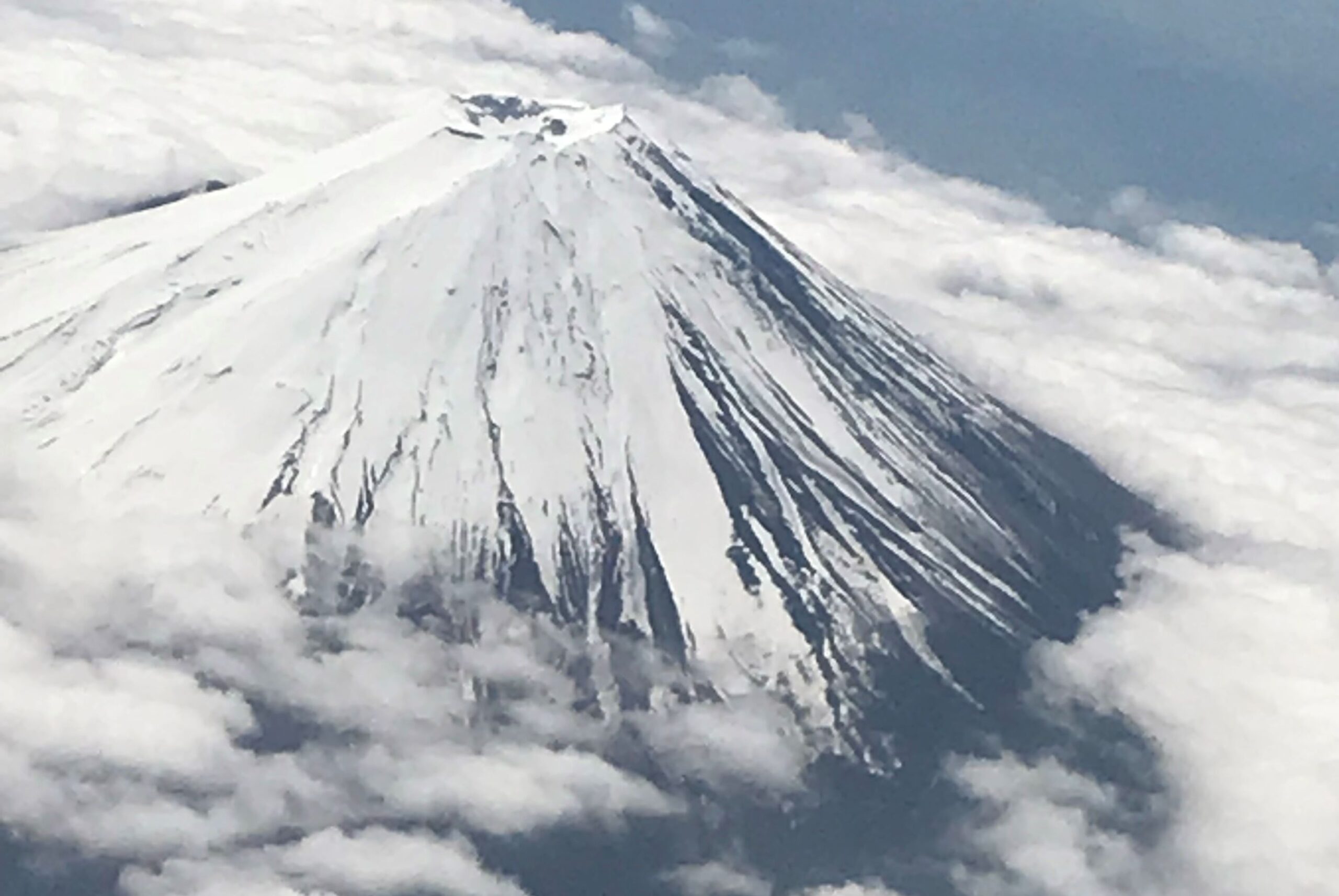
Japan is home to 111 active volcanoes, constituting about 10% of the world’s active volcanoes. These volcanoes pose a potential threat to many areas across Japan should they erupt. Scientists and students closely monitor these volcanoes to detect any signs of activity, allowing for risk mitigation, evacuations, and forecasts to be made to protect people and their properties. Here are some examples of active volcanoes in Japan:
Sakurajima

Sakurajima, which translates to “Cherry Blossom Island,” is an active stratovolcano located in Kagoshima Prefecture on the island of Kyushu, Japan. It has three peaks. Sakurajima is known for its major eruption in 1914, which killed 58 people due to massive lava flows. This eruption continued for months and has since inspired movies. Currently, Sakurajima has been experiencing ongoing eruptions since April, sending smoke and ash into the air and posing a threat to the surrounding area.
Mount Aso
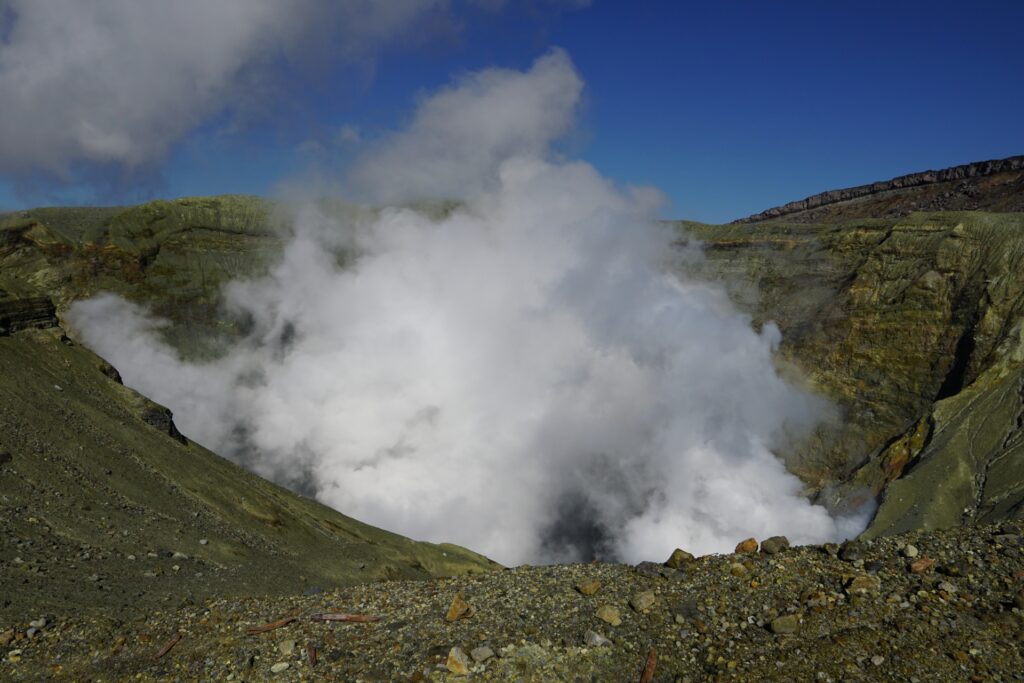
Situated in Aso Kuju National Park in Kumamoto Prefecture on the island of Kyushu, Mount Aso boasts a large caldera, enabling significant amounts of lava and ash to be expelled. Mount Aso has experienced four major eruptions, occurring between 300,000 and 90,000 years ago. The most recent eruption occurred on October 20th, 2021, affecting the surrounding area.
Mount Esan
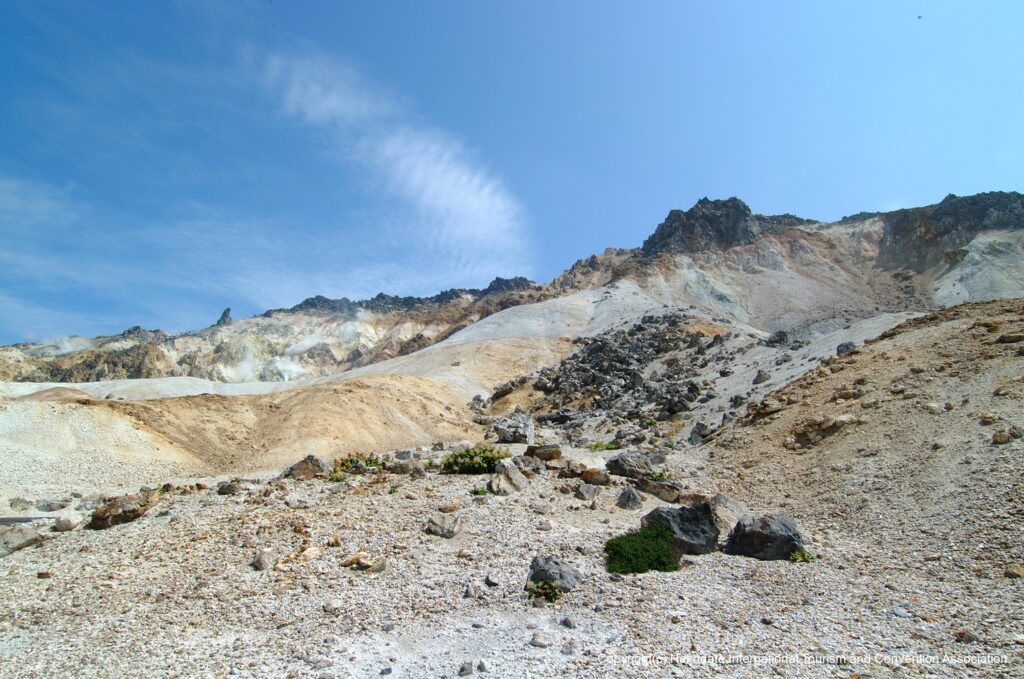
Mount Esan is located on the Kameda Peninsula, part of the Oshima Peninsula in the rural area of Hakodate, Hokkaido, Japan. Its earliest recorded eruption occurred in 1846, resulting in numerous fatalities and significant damage. The most recent significant activity was in 1844, though this eruption was less damaging. Mount Esan has not erupted for a long time, and it is hoped that it remains dormant.
By Kayley Hill


